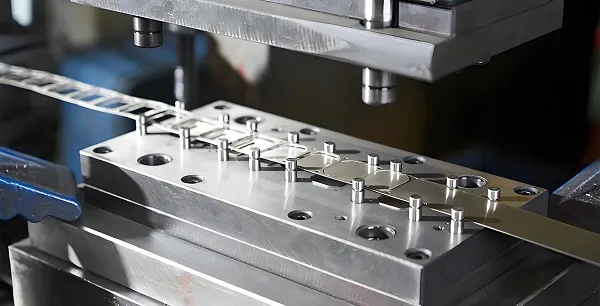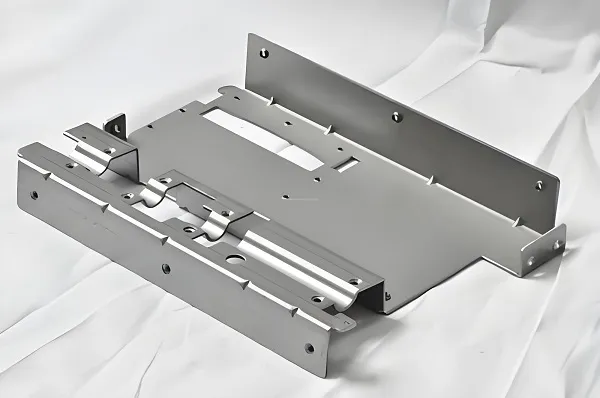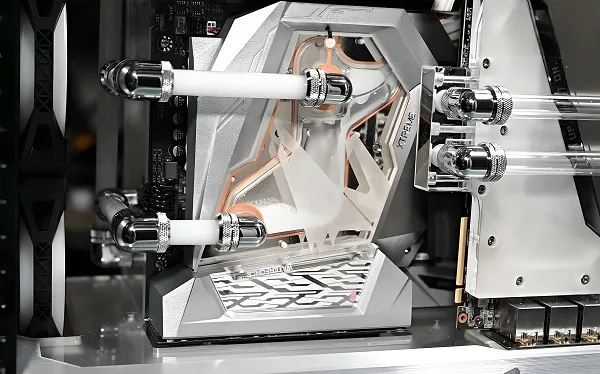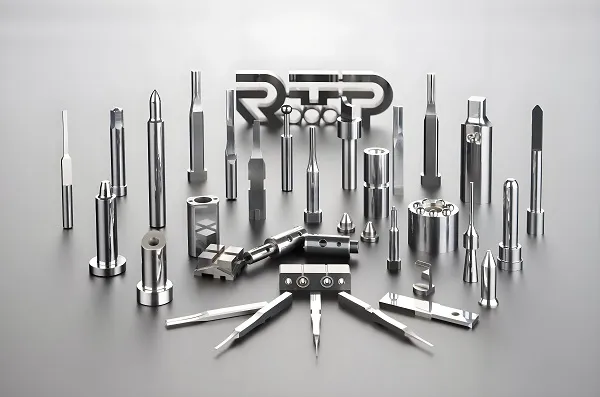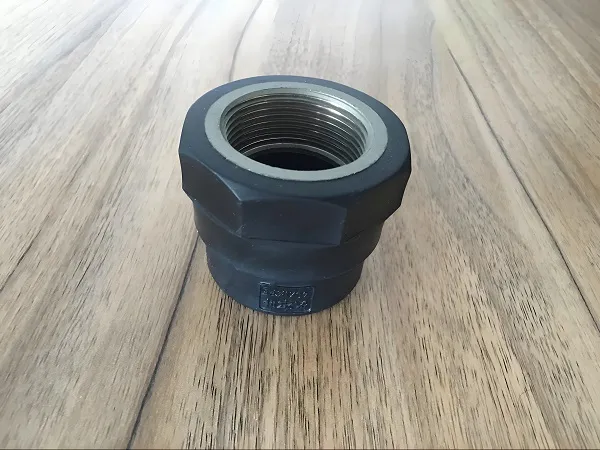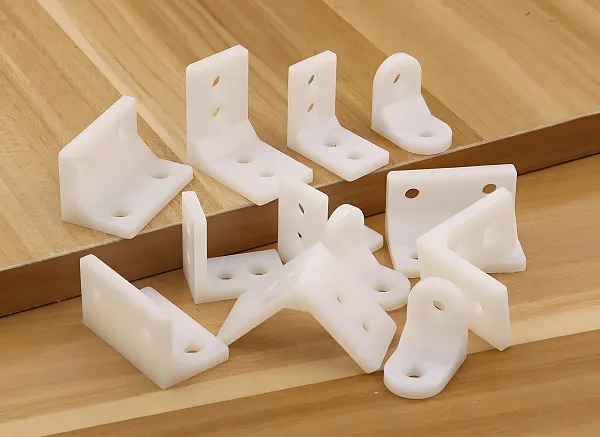CNC (Computer Numerical Control) gear parts play a vital role in precision machinery and transmission systems. They realize efficient power transmission and conversion through precise tooth mating. With their high precision, durability and flexible design capabilities, custom CNC gear parts are widely used in automotive, aerospace, industrial automation and many other fields. The following is a comprehensive introduction to custom CNC gear parts.
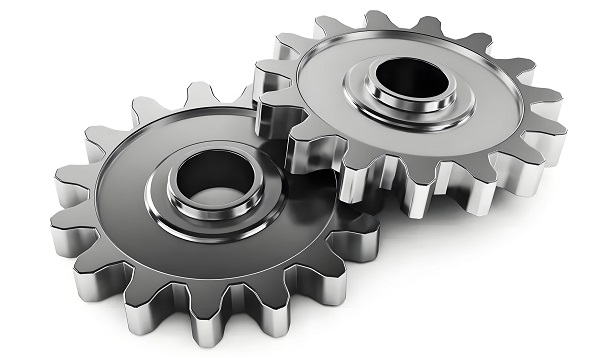
1. CNC gear parts production process
Demand analysis: Communicate with customers to clarify the gear specifications, materials, precision requirements and the use of the environment.
Design Modeling: According to the requirements, use CAD (Computer Aided Design) software for 3D modeling to optimize the gear design for efficiency and durability.
Programming and Simulation: Convert the CAD model into a CAM (Computer Aided Manufacturing) program for machining path planning, and verify the accuracy and efficiency of the machining process through simulation software.
Material Preparation: Select and prepare suitable raw materials such as steel, aluminum alloy, stainless steel, etc. according to the design requirements.
CNC machining: Execute the programmed machining instructions on CNC machine tools to complete roughing, semi-finishing, finishing and surface treatment of gears.
Quality Inspection: Gears are inspected in full size using high-precision measuring equipment to ensure compliance with design requirements and industry standards.
Assembly and testing (if necessary): Assemble the gears with other components and conduct functional testing to ensure that the overall performance is up to standard.
Packing and shipping: Clean and rust-proof the qualified products, and pack them according to customers’ requirements, and arrange for shipping.
2. CNC gear parts processing steps
Blank Preparation: Cut the raw material according to the design size, get the preliminary shape of the blank.
Rough machining: Remove most of the excess material to form a rough contour.
Semi-finish machining: further trimming the contour, improve the surface quality, prepare for finishing.
Finishing: Precise control of the tool path to ensure that the profile accuracy and surface roughness meet the design requirements.
Heat treatment (depending on the material): e.g. quenching, tempering, etc. to improve the hardness and wear resistance of the material.
Surface treatment: such as sandblasting, plating, tempering color after heat treatment, etc., to enhance the appearance and anti-corrosion properties.
3. Customized CNC gear parts service
Personalized design: Provide one-on-one design service to customize unique tooth shapes according to customer needs.
Rapid prototyping: using rapid prototyping technology to quickly produce samples for customer verification.
Full tracking: Provide full tracking service from design to production to ensure that the project is completed on time and in quality.
Technical support: provide professional technical consultation and after-sales service to solve the problems encountered by customers in the process of use.
4. CNC gear parts material introduction
Steel: commonly used alloy steel, carbon steel, etc., with high strength, high wear resistance and good heat treatment performance.
● Strong bearing capacity, suitable for high load working conditions.
●High hardness after heat treatment, wear-resistant surface.
●Good processing performance, easy to realize high-precision machining.
● Moderate price, cost-effective.
Aluminum alloy: light weight and high strength, suitable for occasions with strict requirements on weight.
●Light weight, reduce the burden of equipment.
●Good corrosion resistance, extending service life.
●Good thermal conductivity, helping to dissipate heat.
●Good machinability, relatively low cost.
5. Characteristics of CNC gear parts made of different materials
| Product | Material | Hardness (HRC) | Density (g/cm³) | Wear Resistance | Cost |
| High-Speed Gear | Alloy Steel | 55-62 | 7.8-8.0 | High | Moderate |
| Lightweight Gear | Aluminum Alloy | 30-40 | 2.7 | Moderate | Low |
| Corrosion-Resistant Gear | Stainless Steel | 40-50 | 7.9-8.1 | High | Higher |
| High-Precision Gear | Silicon Carbide | >90 | 3.2 | Very High | High |
| Precision Micro Gear | Titanium Alloy | 30-45 | 4.5 | Moderate | Higher |
Custom CNC Gear Parts Service FAQ
Q: What is the minimum size for custom CNC gears?
A: The minimum size depends on the machining equipment and material, and is generally millimeters or smaller.
Q: What is the lead time?
A: Depending on the complexity of the gears, the quantity and the production schedule, the lead time usually ranges from a few days to a few weeks.
Q: How do you ensure the accuracy of the gears?
A: We use high-precision CNC machine tools for machining, together with advanced testing equipment for full-size inspection, to ensure that the accuracy meets the design requirements.
Q: Do you support small batch customization?
A: Yes, we support customized service from small lot to large lot to meet different customers’ needs.
Q: What does after-sales service include?
A: After-sales service includes technical consultation, quality problem solving, product maintenance guidance, etc., to ensure that customers get all-round support in the process of using.

